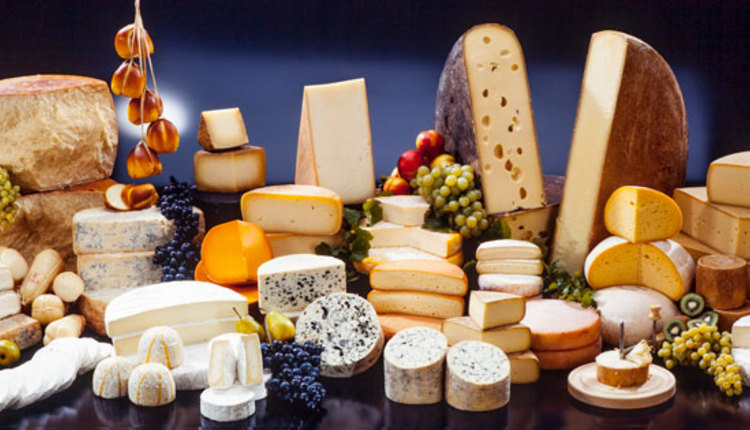
Dairy consumers in many countries around the world can easily pick out Irish butter with its leprechauns and Dutch cheese covered in windmills and tulips from their grocery store shelves . . . but how is U.S. dairy promoted in overseas markets?
Former Secretary of Agriculture and current CEO of the U.S. Dairy Export Council (USDEC), Tom Vilsack, addressed that question in the most recent episode of Hoard’s Dairyman DairyLivestream.
Some states have created recognizable brands for their specific products, such as Wisconsin cheese, that can be found in pockets of the world. On a national level, our branding can continue to improve, Vilsack said. One avenue USDEC has developed is a U.S. logo for cheesemakers to use on products marketed internationally.
Name matters
The product name on the label can also influence a consumer’s perception about the quality of the product and where it came from. In cheeses, this is especially prevalent, as countries have petitioned for certain geographical indicators (GIs) to be used only on cheeses of a certain kind that come from their regions. American products, though, need a level playing field.
The Consortium on Common Food Names, partially funded by USDEC, works to remove some of these limitations so that U.S. processors can sell products abroad as what they really are. For example, the group was able to work with Italy to reach an understanding on American products labeled as Mozzarella. When customers are able to find what they are looking for, U.S. dairy stands a much greater chance of reaching their plates.
The tools to use
Once consumers can find U.S. dairy, the next step to initiating the sale is providing them with the knowledge to use those products. “In addition to volume, we also want to focus on value,” Vilsack described.
USDEC has had great success with store promotions for consumers to experience the taste, feel, and functionality of U.S. cheese. When interacting with consumers, the safety, sustainability, and taste of American products are big talking points. Sometimes, it’s even the reputation that sells: “The purchase of U.S. product is considered to be a little bit upscale,” said Vilsack of some Asian countries.
Partnering with culinary institutions in places like Southeast Asia is another large part of adding value to American products internationally. These programs allow chefs to get comfortable with U.S. cheeses during their training period. The next generation of restaurant owners are learning how versatile and useful these products are.
Why so much talk of cheese? It’s because of the tremendous variety. Here, there is market space to differentiate our products.
Customer relations
Perhaps one of the most valuable products the U.S. is selling can be these services and relationships. A huge part of being involved in the export market is to keep putting American products out there and playing the long game, explained Cornell University’s Andy Novakovic.
We can follow our customers, the dairy economist said, in order to leverage domestic success into international sales. That’s realized in situations such as when Domino’s established restaurants in China and wanted U.S. cheese on its pizzas.
It’s also important to know our customers, and not only sell them what we like, but what they need, Novakovic continued.
To hear more about the physical and relational brands being developed for U.S. dairy products, you can watch the recording of the May 13 DairyLivestream.
An ongoing series of events
“The dairy farm finance pivot” will be the topic for the May 20 DairyLivestream sponsored by Diamond V. Special guests will include Sam Miller, managing director of agricultural banking at BMO Harris Bank. In this role, Miller works with farmers and agribusinesses on credit structure and financial analysis. Roger Murray will also join the discussion; he serves as the executive vice president of Farm Credit East.
As always, the panel of experts will discuss over 30 minutes of audience questions. If you haven’t joined a DairyLivestream broadcast yet, register here. Registering once signs you up for all future broadcasts.








